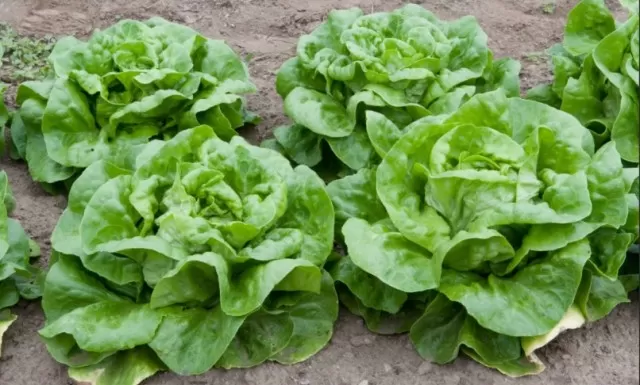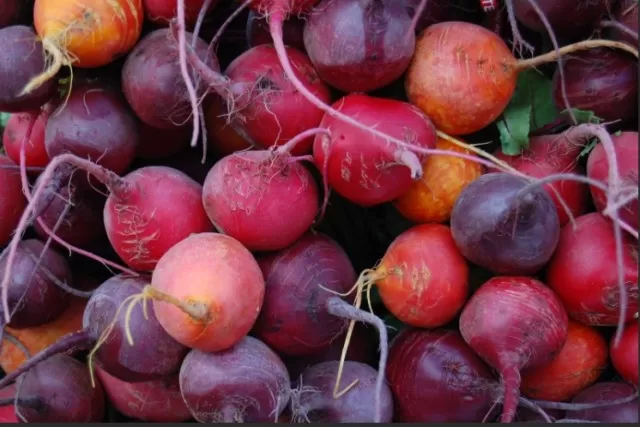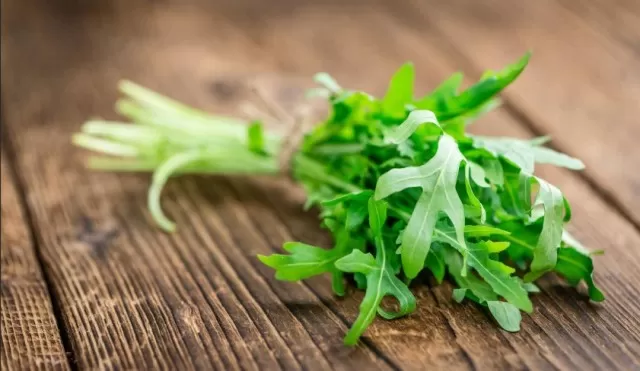13 Shade-Loving Vegetables That Flourish (Part 1).When you’re dealing with areas of your yard that have limited light exposure, it’s important to choose plant varieties that can thrive in such conditions.Remember to assess the specific lighting conditions in your shaded area and choose plants that are suited to the level of light it receives, whether it’s partial shade or full shade. Additionally, consider factors like soil quality and moisture levels to ensure your chosen plants will thrive in their New Home.
Igniting Gardens: The Radiant Beauty of Heliopsis helianthoides var. scabra

Heliopsis helianthoides var.
scabra, often referred to as “Burning Hearts,” emerges as a vibrant gem that has the remarkable ability to infuse life and color into even the most challenging landscapes, including impoverished or clay-rich soils. Its effervescent blooms, adorned in captivating shades of orange and yellow, exude an irresistible cheerfulness that can transform any garden.
Horticulturists and enthusiasts alike celebrate this botanical marvel for its exceptional versatility and its ability to harmonize seamlessly with other perennial companions.
According to seasoned gardeners like Currey, Heliopsis helianthoides var.
scabra serves as a dynamic team player in mixed plantings, effortlessly enhancing the overall beauty of the garden. Its charming two-toned flowers create a symphony of color that can elevate the aesthetics of any outdoor space.
Yet, this perennial doesn’t stop at its vibrant blooms; it offers an additional layer of intrigue with its foliage.
In cooler climates, the leaves take on a striking, almost burgundy hue, further enriching the visual tapestry of the garden. This transformative quality makes “Burning Hearts” a year-round source of fascination, evolving with the seasons and delighting garden enthusiasts with its ever-changing character.
For those who appreciate the art of gardening, Heliopsis helianthoides var.
scabra, or “Burning Hearts,” is an embodiment of nature’s ability to astonish and inspire. Its radiant presence, resilience in challenging conditions, and harmonious companionship with other perennials make it a cherished addition to gardens around the world, igniting the hearts of all who encounter its fiery beauty.
Nature\’s Vibrant Tapestry: The Allure of Gaillardia pulchella, the Indian Blanket Flower
In the world of gardening, Gaillardia pulchella, affectionately known as the Indian Blanket flower, emerges as a fast-growing marvel that not only adds a burst of color but also plays host to a delightful array of pollinators and feathered friends.
This dynamic perennial, with its striking blooms, is a magnet for bees, butterflies, and birds, who eagerly feast upon its seed heads, creating a harmonious symphony of life in the garden.
For those seeking to foster biodiversity and create a haven for pollinators, the Indian Blanket flower is an ideal choice.
As gardening enthusiast Currey suggests, it pairs beautifully with butterfly milkweed, forming a dynamic duo that invites a parade of winged visitors. Both of these plants share a preference for well-drained, rocky, or sandy soils, making them perfect companions for gardens with such conditions.
Picture a garden pathway with a sandy foundation, where the Indian Blanket flower finds its ideal habitat.
Here, it not only thrives but also generously self-seeds, ensuring a vibrant and ever-renewing display of its brilliant blossoms year after year. As it flourishes along the path, it adds a touch of natural artistry to the landscape, drawing the eye and captivating the soul with its vivacious hues.
In the Indian Blanket flower, we encounter a botanical wonder that not only enriches our Outdoor Spaces with its resplendent colors but also nurtures the delicate balance of nature.
It reminds us that, in the world of gardening, we have the power to create living canvases that not only please the eye but also support the ecosystems that depend on the beauty and vitality of the natural world.
Butterfly Weed: A Pollinator\’s Paradise and Gardener\’s Delight

In the world of horticulture, Asclepias tuberosa, affectionately known as Butterfly Weed, has experienced a remarkable transformation in popularity.
Once overlooked by buyers when not in bloom, this perennial gem has risen to stardom as a powerhouse for pollinators. Gardening enthusiasts like Currey attest to its newfound appeal, noting that the public’s awareness of its vital role in supporting pollinators has propelled it to the top of gardeners’ wish lists.
In fact, demand for this striking plant now exceeds supply, a testament to its allure.
But there’s much more to admire about this orange milkweed variety than its vibrant blooms and newfound fame.
One of its most endearing qualities is its ease of cultivation. Whether you’re an experienced gardener or just starting your journey, Butterfly Weed proves to be a reliable and low-maintenance addition to your garden.
While many associate Butterfly Weed primarily with monarch butterflies, which rely on it for egg laying and nurturing their larvae, this perennial offers a banquet of nectar for a diverse array of pollinators.
From the mesmerizing flight of hummingbirds to the diligent buzz of bees, Butterfly Weed serves as a vital food source for these essential creatures.
In the world of gardening, Butterfly Weed embodies the perfect harmony between beauty and ecological significance.
It is a symbol of our power to transform our outdoor spaces into sanctuaries that support not only our aesthetic desires but also the delicate balance of nature. As we cultivate Butterfly Weed, we not only delight in its vibrant blossoms but also play a role in preserving and protecting the diverse ecosystem of pollinators that depend on its sustenance.
Coneflower “Prairie Glow”: Nature’s Resilient Artist
Enter the world of Rudbeckia triloba, fondly known as Coneflower “Prairie Glow,” a botanical masterpiece often mistaken for its relative, the black-eyed Susan.
This remarkable perennial, with its profuse and enchanting blooms, stands as a testament to nature’s artistry and resilience. Horticultural enthusiasts, like Currey, extol its virtues, as it proves itself adaptable to a wide range of environmental conditions.
Coneflower “Prairie Glow” is not one to be confined by soil preferences; it thrives in both dry and moist soils, demonstrating its remarkable versatility.
Moreover, its resilience extends to its ability to resist deer browsing, making it a dependable choice for gardens often visited by these graceful but hungry creatures.
While each vibrant orange bloom gracing this perennial may have a relatively short lifespan of four to five years, the beauty of “Prairie Glow” lies in its capacity to self-renew.
This natural inclination to reseed ensures that, year after year, your garden will be adorned with its splendid blossoms, each generation carrying forward the legacy of its predecessors.
In the world of gardening, “Prairie Glow” serves as a reminder that the life of a perennial is not solely defined by its individual years but rather by the lasting impact it makes on your garden’s landscape.
Short-lived though it may be, its enduring beauty and the ease with which it perpetuates itself make it a treasure worth nurturing. It is a testament to the wonders of the natural world and a testament to our role as stewards of its ongoing cycle of beauty and renewal.
Copper Iris: A Jewel Among Wetland Wonders

Meet Iris fulva, affectionately known as the Copper Iris, a botanical treasure that serves as a parent plant to the more widely recognized Louisiana iris.
Originally hailing from the lush landscapes of the Mississippi River Valley, this iris has been steadily winning the hearts of gardening enthusiasts beyond its native range due to its remarkable adaptability to waterlogged soils.
Copper Iris is nothing short of a visual delight.
Its vibrant orange blossoms grace the late spring landscape, creating a stunning display that stands out in any garden. What truly sets this iris apart is its ability to provide a captivating succession of blooms, harmonizing seamlessly with other perennials that share its affinity for wet or moist soils.
In the world of gardening, Copper Iris finds its companions among equally resilient and moisture-loving perennials.
New York ironweed (Vernonia noveboracensis), with its striking purple blooms, hardy hibiscus (Hibiscus moscheutos), adorned with flamboyant flowers, and the majestic Joe Pye weed (Eutrochium), known for its towering presence and mauve-pink blossoms, join the Copper Iris in creating a tapestry of colors and textures that thrives in damp environments.
The Copper Iris reminds us that beauty can be found in unexpected places, even in the water-saturated soils that challenge many other plants.
Its ability to flourish in these conditions demonstrates nature’s resilience and adaptability, offering gardeners an opportunity to transform soggy areas into vibrant displays of color and life. In the company of like-minded perennials, Copper Iris elevates the aesthetics of wetland gardens, creating an ever-changing symphony of hues that beckons us to appreciate the wonders of the natural world.
*The information is for reference only.